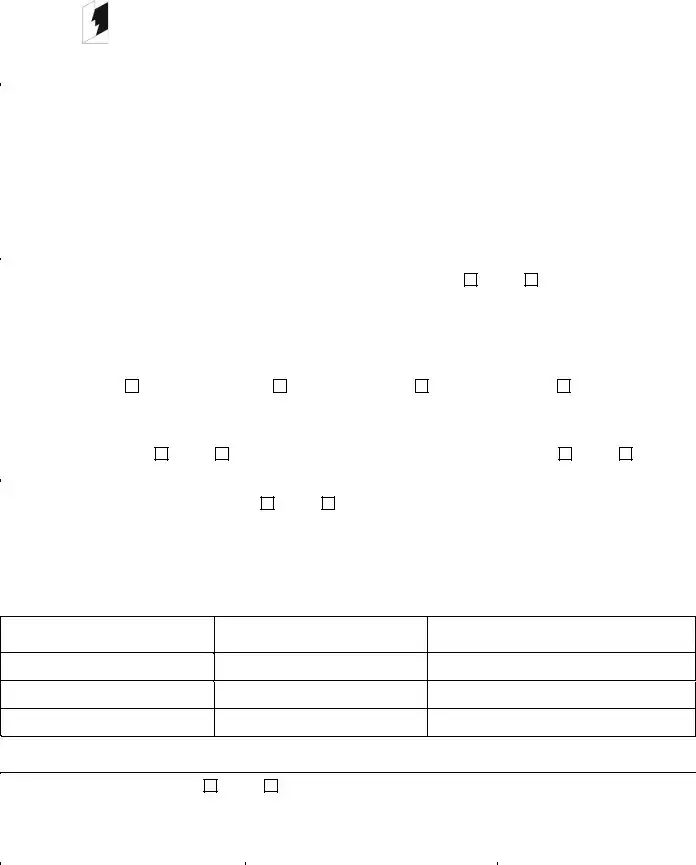The Utah Job Application form shares similarities with a generic resume. Both documents aim to present an individual's employment history, educational background, and contact information succinctly. They list past job titles, responsibilities, and the duration of each role. Additionally, they include personal details like email and phone numbers, facilitating potential employer contact. Resumes often accompany a job application form or can serve as a standalone submission when applying for a job.
A cover letter is another document akin to the Utah Job Application form. It typically accompanies a resume or application form, providing a narrative description of an applicant's qualifications, experiences, and desire to work for a particular employer. While the Utah Job Application contains structured, factual data about the applicant's background, a cover letter offers the chance to tell a more personal story behind those facts, explaining why the applicant is a good fit for the position.
Professional references documents resemble the references section of the Utah Job Application form. Both serve to provide potential employers with contacts who can vouch for the applicant’s skills, work ethic, and qualifications. This similarity lies in listing names, relationships, and contact information of individuals familiar with the applicant's professional or academic performance, not related by family.
Professional licenses and certifications documents are closely related to sections of the Utah Job Application that inquire about trade or professional licenses, certificates, or registrations. These documents elaborate on an applicant's qualifications in specific fields or professions, providing evidence of specialized training, compliance with industry standards, or authority to perform certain roles, all of which are crucial for positions requiring specific expertise.
An educational transcript is similar to the education section of the Utah Job Application. Transcripts offer detailed records of an individual's academic history, including courses taken, grades earned, and degrees awarded. Meanwhile, the job application form summarizes this information, providing a snapshot of the applicant's highest level of education, relevant subjects studied, and certifications or degrees obtained.
Work portfolios can be likened to the work history segment of the Utah Job Application form. Portfolios compile work samples, projects, or case studies reflecting an individual's skills, creativity, and accomplishments in their field. While the application lists past employment experiences and responsibilities, a portfolio provides tangible evidence of the applicant's abilities and achievements.
A volunteer experience document has parallels with parts of the job application that allow applicants to list unpaid roles or activities relevant to the position sought. These documents showcase skills, responsibilities, and contributions in voluntary capacities, highlighting an individual's commitment, interests, and potential to take on paid roles in similar areas.
The skills inventory form shares similarities with sections of the Utah Job Application that ask about additional qualifications and skills. These forms specifically focus on identifying an applicant's competencies, such as familiarity with certain machines, equipment, tools, or software, and are essential for matching individuals with roles that require specific technical skills.
An employment eligibility verification form, like the I-9 form in the United States, somewhat resembles the certification section at the end of the Utah Job Application. While the application certifies that all information provided is accurate and authorizes the verification of such details, employment eligibility forms are legally required to verify that an employee is authorized to work in the country, addressing both identity and employment authorization.
A personal data sheet can also be compared to the Utah Job Application form. These sheets collect comprehensive personal and contact information, educational backgrounds, employment history, and sometimes, additional skills or interests. The aim is to have a compiled record that provides a broad overview of an individual's professional and academic life, serving a similar purpose as the job application in gathering essential applicant information in one document.


